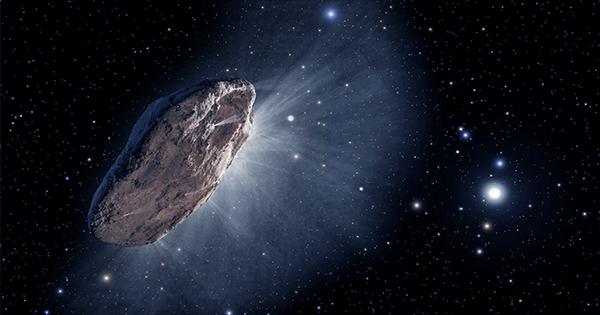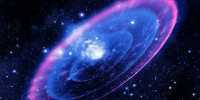An international team of cosmologists has discovered some elements in a meteorite that can only form in a very specific process. This is the first time such a stardust element has been identified and it provides some new insights into the structure of our planet and especially its water. The study, published in Science Advances, states that the discovery of a higher proportion of strotium-84, one of the earliest known elements, is expected to form in the P-process. There is a theoretical description of this P-process but it is not clear that the catastrophic Starter event (like a supernova or collision) caused it.
The team found unusual levels of strotium-84 in a meteorite in the famous Allende, one of the starler crops formed before the solar system. By studying this, scientists will be able to look back over time, as the sources at the very beginning of the solar system began to be illuminated by the sun and first accumulated on the ground. Co-lead author Caltech’s François L. H. Tissot, assistant professor of geochemistry, said in a statement, “Strontium-84 is part of a family of isotopes produced by a nucleosynthetic process, the name of the P-process, which remains a mystery.”
“Our results probably indicate the survival of grains containing pure strontium-84. So what did Strontium-84 have to do with Earth’s water? Well, it is important to know the amount of this particular isotope in order to work out how old certain materials are as carbon-dating is used to work beyond the age of any archaeological search, you can do rubidium-dating to determine the age of the cosmic rock. Rubidium-3 has a life span of three times longer than the age of the universe, so it is ideal for the date of things that may be older than the universe.
Rubidium-87 strontium varies in strontium -um 87, so by studying the ratio of these two components to a specific component, one can work out how old it is. Rubidium is also quite unstable, as just as water is expected to be wasted when the system is heated, so is it.














